7 Best Herbal Teas For Stomach Discomfort
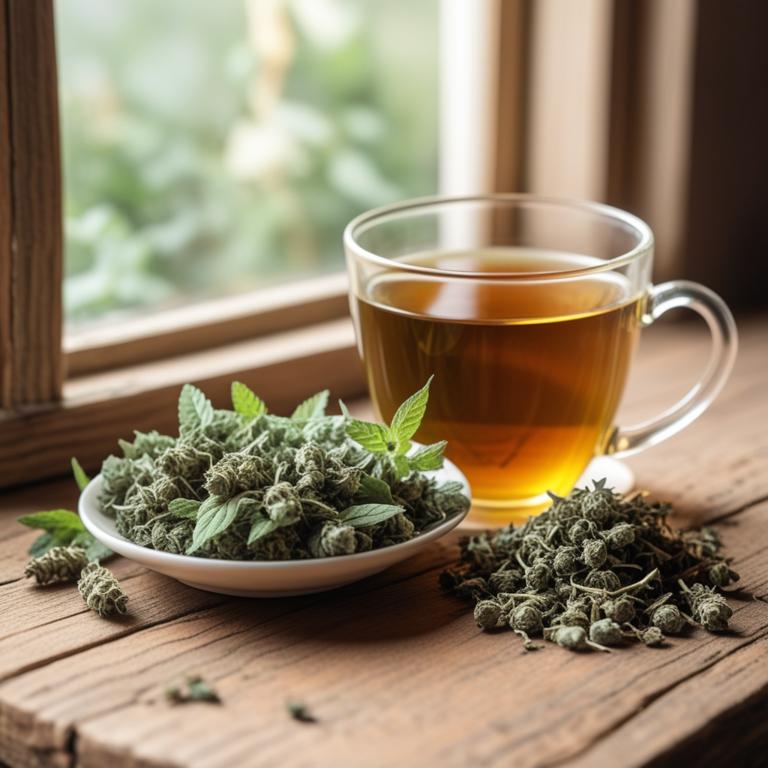
Herbal teas for stomach discomfort are a natural remedy used to alleviate symptoms of indigestion, nausea, and bloating.
These teas are made from a variety of herbs that have anti-inflammatory and soothing properties, which help to calm the stomach and reduce discomfort.
Examples of herbal teas that can be used to treat stomach discomfort include peppermint tea, which helps to ease nausea and indigestion; ginger tea, which reduces inflammation and aids digestion; chamomile tea, which soothes the stomach and promotes relaxation; licorice root tea, which protects the stomach lining and reduces inflammation; dandelion tea, which supports liver function and aids digestion; fennel tea, which eases bloating and indigestion; and lemongrass tea, which reduces inflammation and promotes digestion.
By consuming these herbal teas, individuals can experience relief from stomach discomfort and promote overall digestive health.
According to the study, teas for stomach discomfort, specifically green tea consumption, have been found to effectively improve diarrhea and reduce hospital stay in children suffering from viral gastroenteritis.
Below there's a list of the 7 best herbal teas for stomach discomfort.
- 1. Zingiber officinale teas
- 2. Glycyrrhiza glabra teas
- 3. Mentha x piperita teas
- 4. Foeniculum vulgare teas
- 5. Zingiber cassumunar teas
- 6. Aloe barbadensis teas
- 7. Cinchona officinalis teas
Also you may be interested in...
TODAY'S FREE BOUNDLE
Herb Drying Checklist + Herbal Tea Shopping List + Medicinal Herbs Flashcards
Enter you best email address below to receive this bundle (3 product valued $19.95) for FREE + exclusive access to The Aphotecary Letter.
$19.95 -> $0.00
1. Zingiber officinale teas

Zingiber officinale teas, also known as ginger teas, have been used for centuries to treat stomach discomfort and its associated symptoms such as nausea and bloating.
The anti-inflammatory properties of ginger help to reduce inflammation in the stomach, which in turn alleviates discomfort and pain.
Bioactive constituents such as gingerols and shogaols, responsible for its medicinal properties, work together to relax the muscles in the stomach, reduce spasms, and improve digestion.
The benefits of using ginger teas to treat stomach discomfort include rapid relief, reduced nausea, and improved overall gastrointestinal health.
Related Study
According to "Life sciences", Zingiber officinale teas for stomach discomfort have been found to inhibit both electrical stimulation-induced and acetylcholine-evoked contractions in the isolated rat ileum, suggesting a potential therapeutic effect in treating gastrointestinal diseases such as dyspepsia and nausea.
2. Glycyrrhiza glabra teas

Glycyrrhiza glabra teas have been traditionally used to treat stomach discomfort ailments, such as indigestion and gastritis, due to their anti-inflammatory and antioxidant properties.
These herbal preparations help to treat stomach discomfort by soothing the mucous membranes in the digestive tract, reducing inflammation, and promoting the healing of ulcers.
The bioactive constituents of Glycyrrhiza glabra, including glycyrrhizin and flavonoids, play a crucial role in treating stomach discomfort by inhibiting the production of prostaglandins, which cause inflammation and pain.
The benefits of using Glycyrrhiza glabra teas to treat stomach discomfort include reduced symptoms of indigestion and gastritis, improved digestion, and enhanced overall gut health.
Related Study
According to "Current drug discovery technologies", Glycyrrhiza glabra teas for stomach discomfort have been found to have potential anti-ulcer activity.
3. Mentha x piperita teas
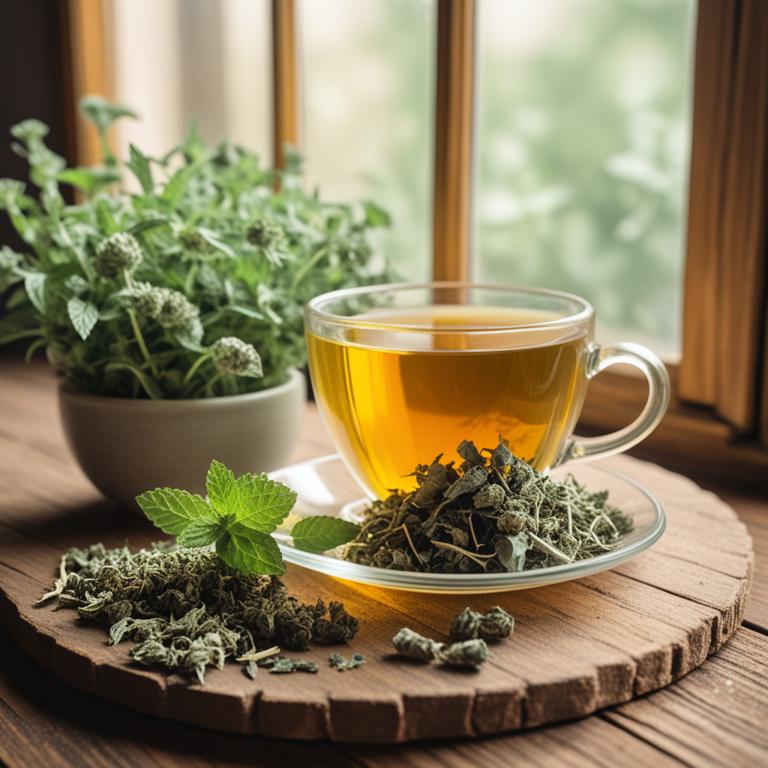
Mentha x piperita teas, also known as peppermint tea, have been traditionally used to treat stomach discomfort and its related symptoms, such as nausea and indigestion.
The soothing and anti-inflammatory properties of this herbal preparation help to treat stomach discomfort by relaxing the muscles in the stomach and reducing inflammation.
The bioactive constituents of peppermint tea, including menthol, menthone, and limonene, contribute to its therapeutic effects by inhibiting the contraction of smooth muscle cells and reducing prostaglandin levels, which can alleviate stomach discomfort.
Regular consumption of Mentha x piperita teas can provide relief from stomach discomfort and its symptoms, promoting overall digestive health and well-being.
Related Study
According to "Phytotherapy research : PTR", Mentha x piperita teas for stomach discomfort show potential in providing relaxation effects on gastrointestinal (GI) tissue, alleviating symptoms of irritable bowel syndrome (IBS), and exhibiting antimicrobial and antiviral activities, among other bioactive properties.
4. Foeniculum vulgare teas
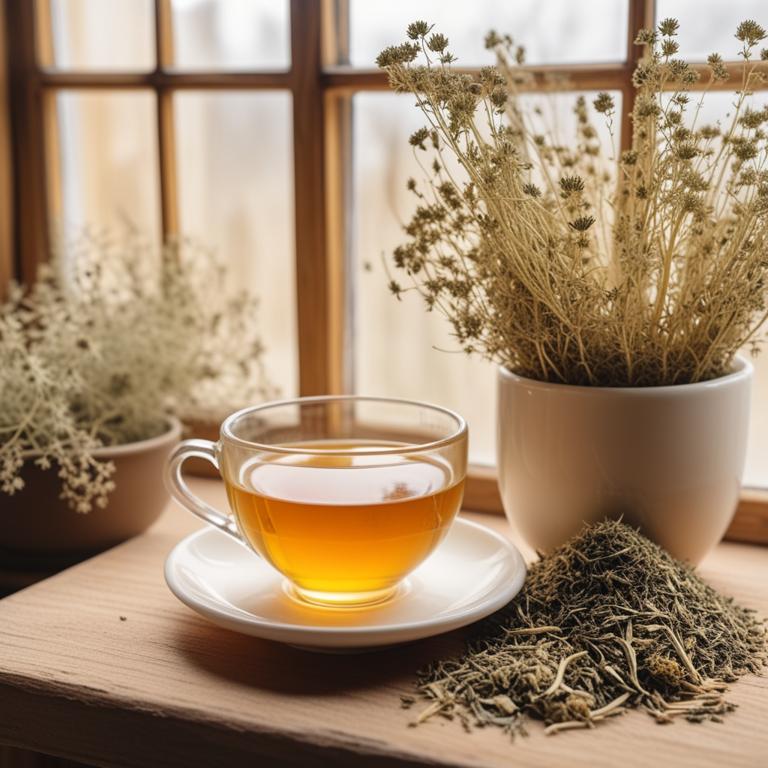
Foeniculum vulgare teas, also known as anise or fennel tea, have been traditionally used to treat stomach discomfort and digestive issues.
The tea's anti-inflammatory and carminative properties help to alleviate symptoms such as bloating and cramps by soothing the digestive tract and reducing gas formation.
The bioactive constituents, including volatile oils like anethole and fenchone, possess antispasmodic and antacid properties that help to calm the stomach muscles and neutralize stomach acid.
Regular consumption of Foeniculum vulgare teas can provide relief from stomach discomfort and promote a healthy digestive system.
Related Study
According to "Oxidative medicine and cellular longevity", Foeniculum vulgare teas have antispasmodic effects that can be beneficial in treating stomach discomfort due to its ability to relax smooth muscles in the gastrointestinal tract.
5. Zingiber cassumunar teas
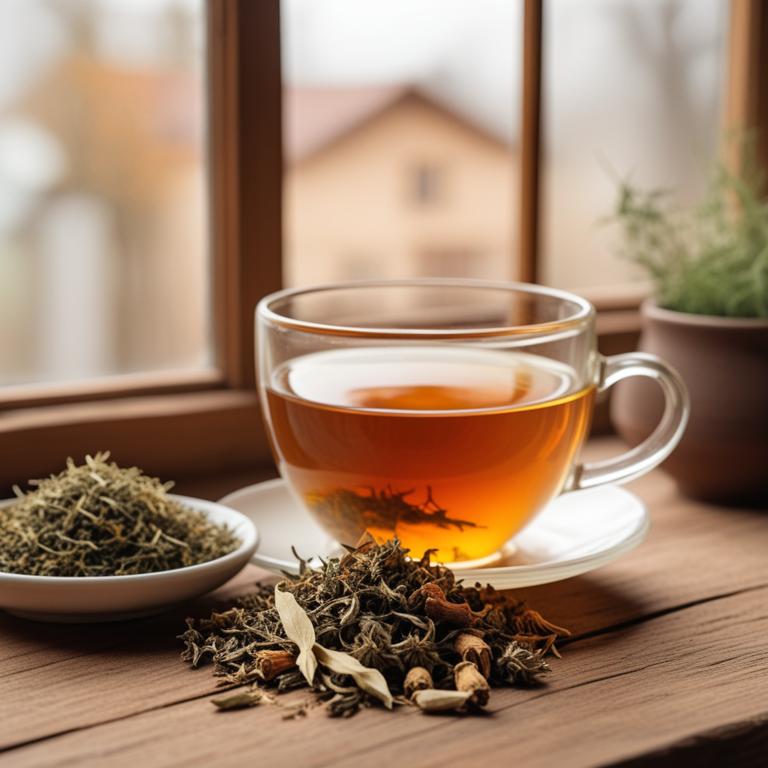
Zingiber cassumunar teas, a traditional herbal remedy, have been used to treat stomach discomfort ailments due to its anti-inflammatory and carminative properties.
This herbal preparation helps to treat stomach discomfort by soothing the digestive tract, reducing inflammation, and alleviating symptoms such as bloating and nausea.
The bioactive constituents of Zingiber cassumunar teas, including gingerols and shogaols, have been found to possess analgesic and anti-inflammatory properties, which aid in reducing stomach discomfort.
The benefits of Zingiber cassumunar teas in treating stomach discomfort include rapid relief, reduced symptoms, and improved overall digestive health.
Related Study
According to "Clinical gastroenterology and hepatology : the official clinical practice journal of the American Gastroenterological Association", there is limited information about Zingiber cassumunar teas in the provided study, but the study does mention ginger's effectiveness in relieving nausea and vomiting, suggesting that ginger, a member of the Zingiber genus, may have similar benefits for stomach discomfort.
6. Aloe barbadensis teas
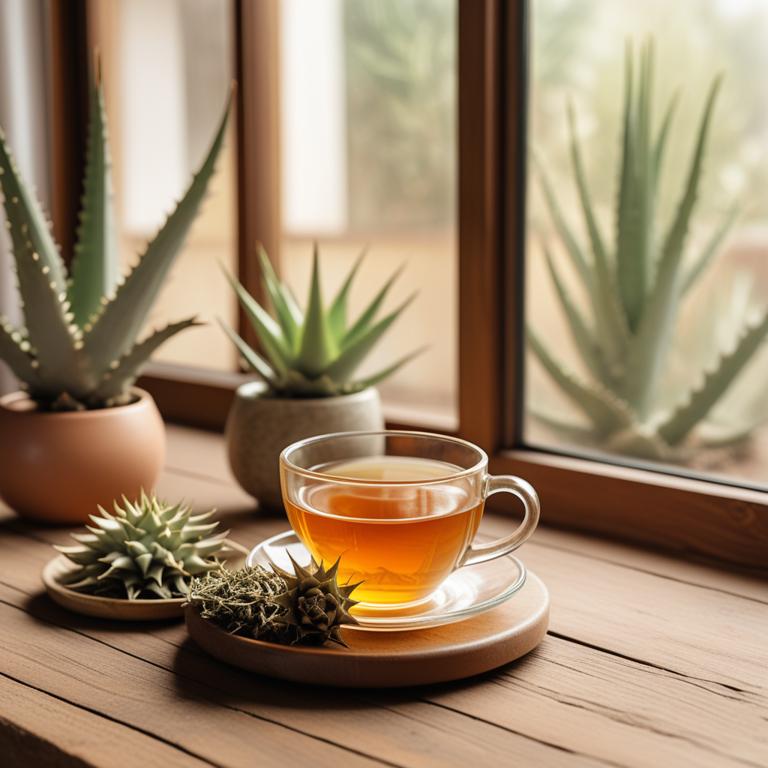
Aloe barbadensis teas have been traditionally used to treat stomach discomfort due to their soothing and anti-inflammatory properties.
The polysaccharides and glycoproteins present in aloe vera help to calm the digestive system and reduce inflammation in the stomach, thereby alleviating symptoms of discomfort.
The bioactive constituents, including aloin, aloe-emodin, and acemannan, work together to protect the stomach lining and promote healing, ultimately providing relief from stomach discomfort.
The benefits of consuming aloe barbadensis teas for stomach discomfort include reduced inflammation, improved digestion, and a faster recovery time, making it a popular natural remedy for this ailment.
7. Cinchona officinalis teas
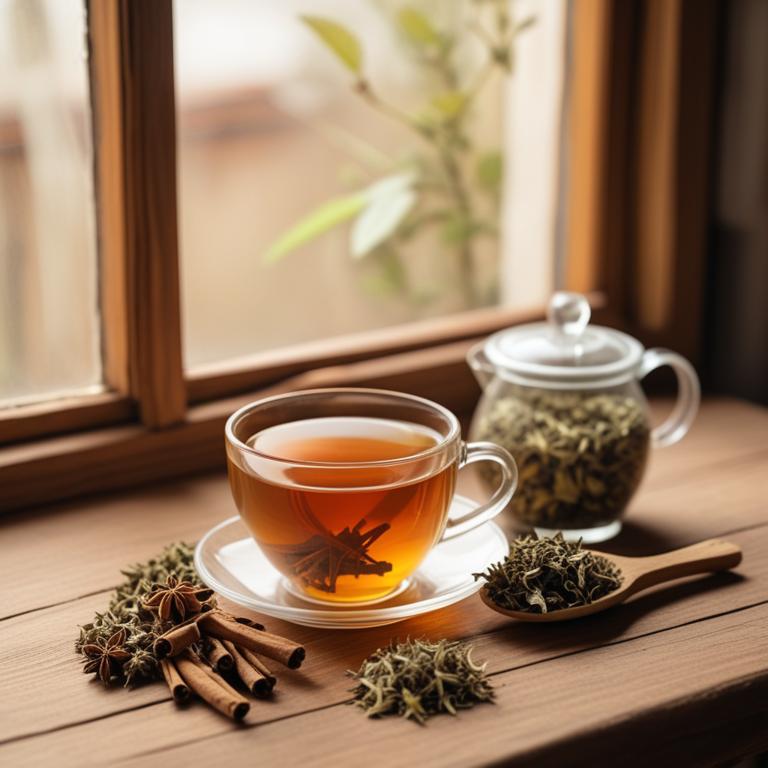
Cinchona officinalis teas have been traditionally used to treat stomach discomfort and indigestion due to their anti-inflammatory and antispasmodic properties.
The alkaloids present in Cinchona officinalis, such as quinine and cinchonine, help to relax the muscles in the stomach and reduce inflammation, thereby alleviating symptoms of stomach discomfort.
These bioactive constituents also possess a mild astringent effect, which helps to soothe the digestive system and prevent further irritation.
The benefits of using Cinchona officinalis teas to treat stomach discomfort include natural relief from symptoms, reduced risk of complications, and a gentle, non-addictive solution for managing digestive issues.